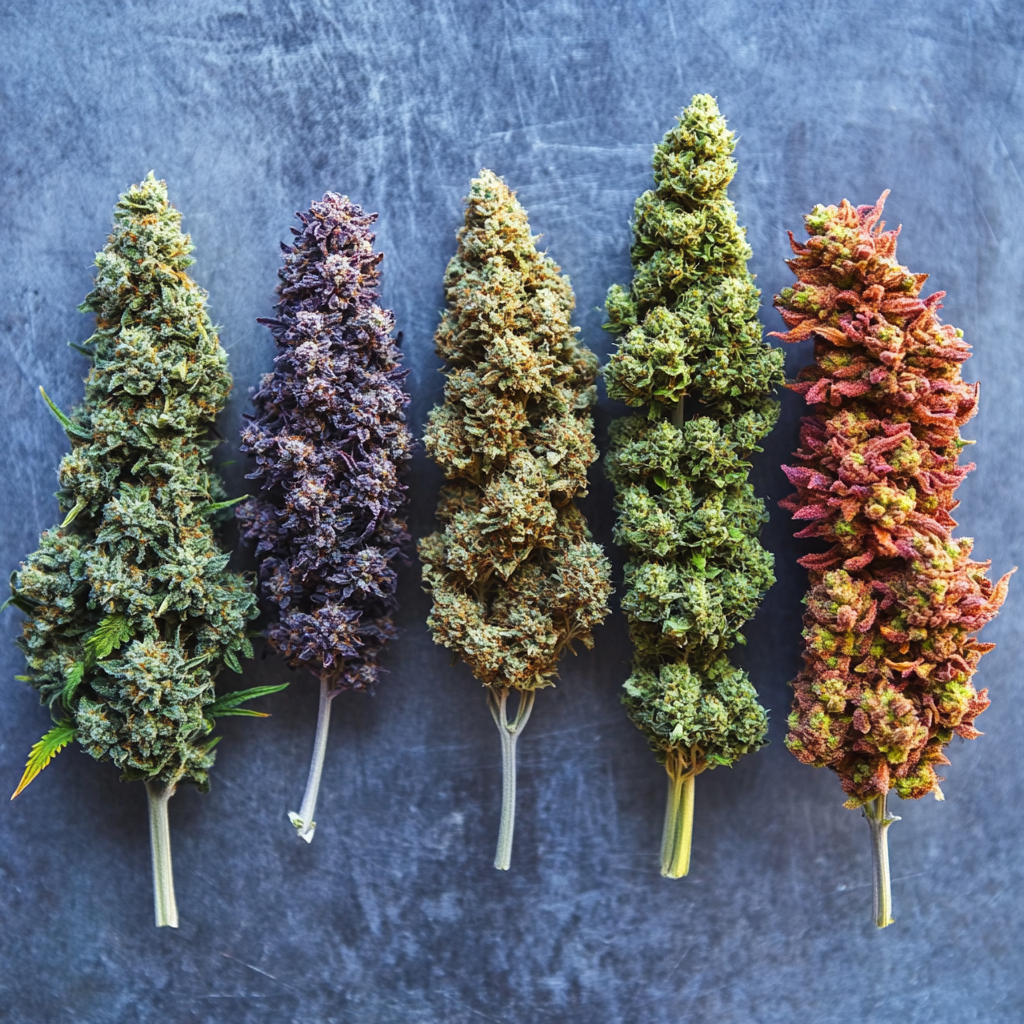THCa, or tetrahydrocannabinolic acid, is a compound found in cannabis plants that has garnered significant attention in recent years. Unlike its more famous counterpart, THC, THCa is non-psychoactive in its raw form. This article explores the science behind THCa flowers, their potential benefits, and how they interact with the human body.
Understanding THCa: The Basics
THCa is one of the many cannabinoids present in cannabis. It is the acidic precursor to THC, the compound responsible for the psychoactive effects associated with cannabis consumption. THCa is found in raw and live cannabis plants and is converted to THC through a process called decarboxylation, which involves heat and time.
Decarboxylation: The Conversion Process
Decarboxylation is a chemical reaction that removes a carboxyl group from THCa, transforming it into THC. This process typically occurs when cannabis is smoked, vaporized, or cooked. The heat applied during these activities facilitates the conversion, making THC available for interaction with the body’s endocannabinoid system.
The Potential Benefits of THCa
While THCa does not produce the psychoactive effects of THC, it has been studied for its potential therapeutic benefits. Research suggests that THCa may have anti-inflammatory, neuroprotective, and anti-emetic properties. These attributes make it a subject of interest for those seeking alternative treatments for various conditions.
Anti-Inflammatory Properties
Studies have indicated that THCa may help reduce inflammation, which is a common factor in many chronic diseases. By interacting with the body’s endocannabinoid system, THCa may modulate the immune response, potentially offering relief for conditions such as arthritis and inflammatory bowel disease.
Neuroprotective Effects
Research has shown that THCa may have neuroprotective properties, which could be beneficial for neurodegenerative diseases like Alzheimer’s and Parkinson’s. By protecting neurons from damage, THCa might help slow the progression of these conditions and improve the quality of life for affected individuals.
Anti-Emetic Benefits
THCa has been studied for its potential to reduce nausea and vomiting, particularly in patients undergoing chemotherapy. This anti-emetic effect could provide a natural alternative to traditional medications, which often come with undesirable side effects.
How THCa Interacts with the Body
THCa interacts with the body primarily through the endocannabinoid system, a complex network of receptors and neurotransmitters that regulate various physiological processes. While THC binds directly to CB1 receptors in the brain, THCa’s interaction is less direct, influencing the system in other ways.
Endocannabinoid System: A Brief Overview
The endocannabinoid system consists of two main types of receptors: CB1 and CB2. CB1 receptors are primarily found in the brain and central nervous system, while CB2 receptors are located in the immune system and peripheral organs. Cannabinoids like THCa and THC interact with these receptors to produce various effects.
- CB1 Receptors: Primarily associated with psychoactive effects and pain regulation.
- CB2 Receptors: Linked to immune response and inflammation control.
THCa’s Indirect Interaction
Unlike THC, THCa does not bind directly to CB1 receptors. Instead, it may influence the endocannabinoid system by inhibiting the breakdown of anandamide, an endogenous cannabinoid that plays a role in mood regulation and pain perception. This indirect interaction could explain some of THCa’s potential therapeutic effects.
Consumption Methods for THCa
For those interested in experiencing the potential benefits of THCa without the psychoactive effects of THC, there are several consumption methods available. These methods preserve the THCa content by avoiding the decarboxylation process.
Raw Cannabis Juicing
Juicing raw cannabis leaves and flowers is a popular method for consuming THCa. This approach allows individuals to ingest the compound in its natural form, potentially reaping its therapeutic benefits without experiencing a high.
THCa Tinctures and Capsules
THCa tinctures and capsules offer a convenient way to consume the compound. These products are typically made from raw cannabis extracts and provide a controlled dosage, making them suitable for those seeking specific therapeutic effects.
Case Studies and Research
Several studies have explored the potential benefits of THCa, providing insights into its therapeutic applications. For instance, a study published in the British Journal of Pharmacology highlighted THCa’s anti-inflammatory properties, while research in the Journal of Neuroimmune Pharmacology suggested its neuroprotective effects.
These findings, along with anecdotal evidence from patients and healthcare providers, underscore the need for further research to fully understand THCa’s potential and how it can be integrated into medical treatments.
Conclusion
THCa flowers offer a unique opportunity to explore the therapeutic potential of cannabis without the psychoactive effects of THC. Through its interaction with the endocannabinoid system, THCa may provide anti-inflammatory, neuroprotective, and anti-emetic benefits. As research continues to uncover the complexities of this compound, it holds promise for those seeking alternative treatments for various health conditions.
